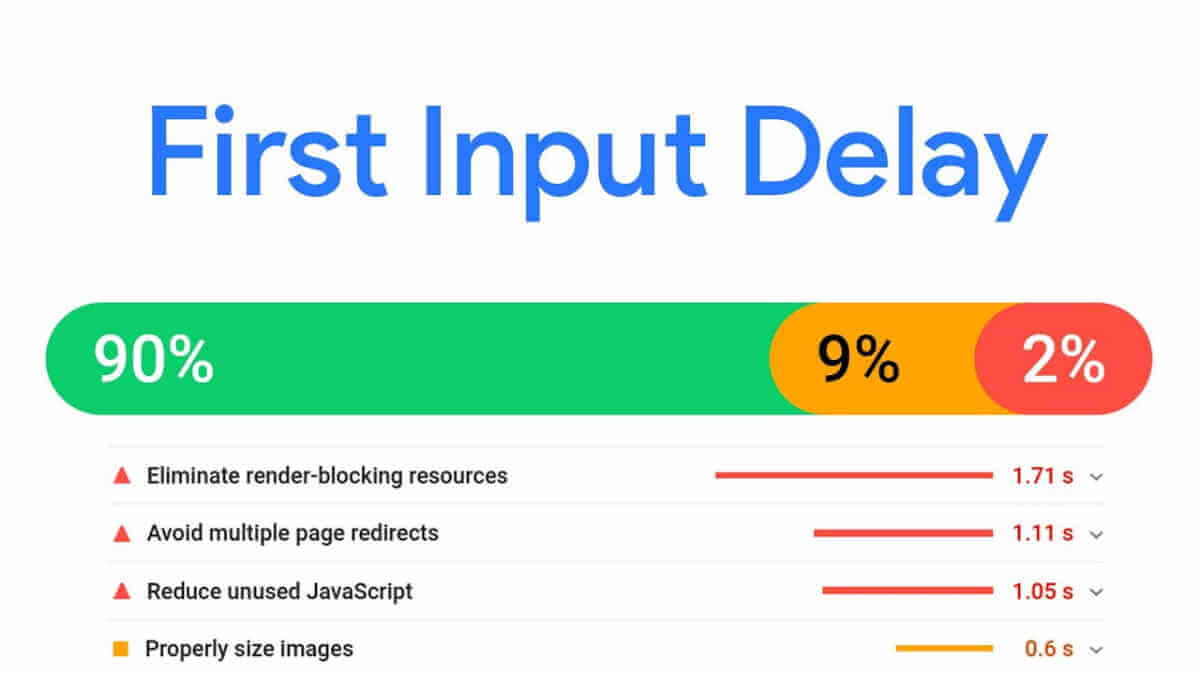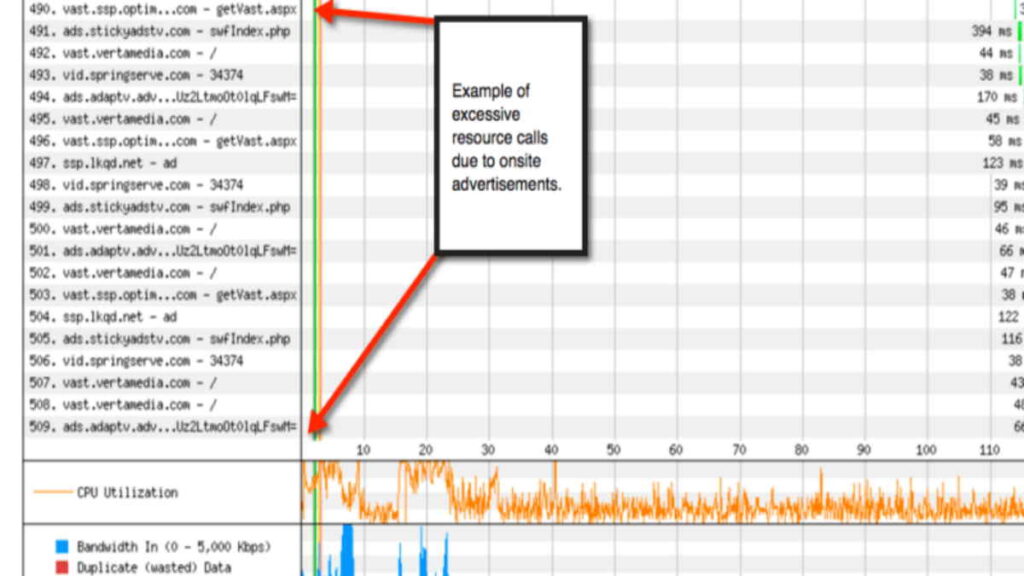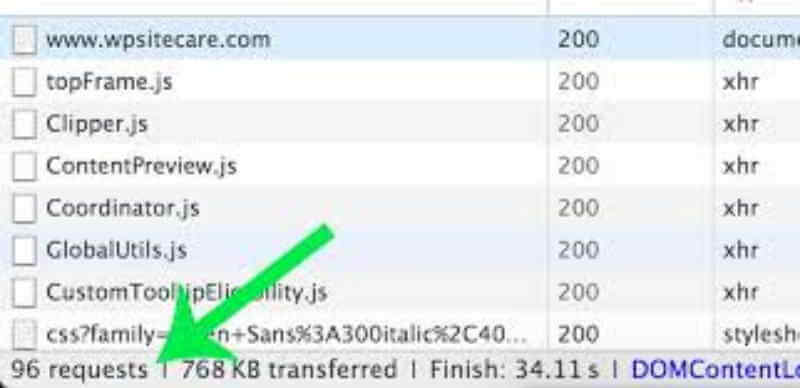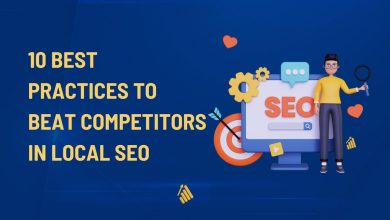6 Ways Ads are Killing your Website SEO
SEO is one of the most important factors for a website to get ranked highly on search engine results pages. However, overuse of ads can kill your ranking and potential traffic.
This is because many search engines place a heavy emphasis on quality content and low ad density, which means more attention is given to websites with fewer ads.
We seldom consider the influence of our website’s advertisements on organic search visibility, but blogger Kristine Schachinger explains why having too many ads may be detrimental to both visitors and search engines.
Google recently stated that the three-ad unit limit on a page in AdSense would be removed. This choice appears to have been influenced by a “mobile-first” philosophy, as mobile sites do not have the same space and user interaction constraints as desktop sites. On mobile sites, scrolling is less of a deterrent. This frees up additional room within the “page” for advertisements.
It’s now time to rejoice! Let’s go ahead and add additional adverts to the page so we can generate more money! That appears to be the general consensus, yet this viewpoint may be incorrect. This is not just against Google’s standards in spirit, but it’s also not a viable long-term plan. In fact, more adverts might typically result in less money over time.

Have you noticed that the performance of your website has deteriorated? There might be a reason for this: advertisements. Ads on your site might degrade page performance and even cause users to abandon the page before reading all you want them to see. You might also want to consider having your website revamped!
Let’s go through some reasons why advertisements might be detrimental to a company’s bottom line. We’ll also provide some pointers on how to avoid this annoying advertising.
1) More Ads might slow up website performance
Obviously, the more advertisements a webmaster places on a site, the more money the site owners make. However, this is not always the case – at least not in the long run.
While more advertising will bring in more money in the near run, it will slow down the site due to resource requests, uncompressed image downloads, and extra scripting. All of these factors contribute to your site’s page weight, and downloading a page packed with adverts might seem like swimming in molasses. This is true even when adverts like Google’s AdSense are loaded in the background.
We can observe that this site has 509 resource requests in this sample from WebPageTest.org, with around 50% of them being ad-related. This implies that the browser must retrieve over 500 external elements when the page downloads. Every call requires a journey to and from the server. No matter how effectively the load is layered, this can dramatically worsen page performance concerns.

One of my clients mistakenly turned off their advertisements one day, and the time it took to download the page fell from 24 seconds to 4 seconds. There are other explanations for the drastic change, but the point is that advertisements might unnecessarily increase weight.
Turn yours off for a few minutes and run WebPageTest.org on the page. Have you noticed a difference in the time it takes for your page to load?
There’s some controversy about whether Google simply considers the DOM or the entire page load when deciding page speed boosts/devaluations, but we can see that they did an excellent job loading the content here. Even if Google counts the DOM, the user still sees the entire page load in — and, given the way much advertising is shown, this may result in a very terrible user experience, with pages scrolling, changing, and refreshing while a user tries to read the content. We’ve all heard of a website that we no longer visit due to this problem.
2) Web Spiders or crawlers take time to visit your page
Every ad becomes a potential stumbling block for both visitors and crawlers attempting to explore your site. Spiders despise being held back and are much more irritated when they have to work extra hard to get your material. If you make the spider feel like he’s pounding a rock pile on a hot day, he’ll probably go on to the next location.

Aside from colloquialisms, there is a lot of stuff out there, and the spiders consume a lot of it. If you overburden them, they will go on out of need.
A “crawl budget” is something Google has. Simply explained, Google’s crawl budget is the number of resources it will devote to indexing your site. The crawl budget has no predetermined limit because every site is different. However, because of the frequent travels to the server and back that create delays in-page display, every resource request is a possible area for the spider to drop out of the crawl of your site.
Why is it that ad networks can’t compress images? Is there anything wrong with the script? Do you load content after your ads, requiring the crawler to wait for the remainder of the DOM to load? In any of these cases, the crawler will likely cease indexing your site.
3) Improper Ad Experience with Users
Some ad techniques are so offensive that people have begun to shun websites that utilize them. These include ads like auto-play videos with sound, auto-play videos without sound, vanishing auto-play, and (worst of all) disappearing auto-play videos with sound that turn on even if the user has the sound turned off.
There is one piece of advice here: Take them down if you use any of them on your site. Seriously, you’re not likely to get the return you expect. It’s more probable that consumers will attempt to turn it off and accidentally click through. You are, however, most certainly enraging them.
4) Ad load on Web Page
This isn’t about doing too many chest flys. Google launched the “Top Heavy” algorithm in 2012, which was aimed to keep sites that were “top-heavy” with advertisements from ranking high in its search results.
The new adjustment to Google’s AdSense guidelines implies that they are now taking a different approach to the pages. Instead of strictly restricting three AdSense units per page, Google will now penalize “sites with more advertising than publisher-provided content.” But what exactly does this imply?
This might result in page devaluation if there is more advertising on a page than there is content. So, what do you see when you visit your website as it is rendered – page content or advertising? To be secure, make sure the page’s content is the primary visual.
Note that this technique looks at page aggregates, so don’t worry if you only have a few pages with this problem. However, if you employ an ad template throughout the site and major portions have more advertisements than content, you should consider how to balance the two properly.
5) Ads can be Distracting or Misleading
When people visit your website, they expect the content and advertisements to complement one another. People mustn’t understand just what you’re offering but also why they should buy it from you. It’s far more difficult for users to locate useful or fascinating content when there’s a flood of adverts on the website. This situation is not only inconvenient, but it can also result in a drop in conversion rates.
If you want to do something a bit more dramatic than removing advertisements from your site entirely, you may place ads on some other site but link back to your own. Direct connections used to be frowned upon, but they’re getting more acceptable these days.
Another thing to keep in mind is that advertisements can be deceiving.
As a result, don’t use a bright banner to get your visitors to click on anything to find out later that it’s a waste of time, bandwidth, and other resources. This technique will irritate your site visitors and erode their faith in your brand.
Additionally, only employ advertisements that are relevant to your website. For example, if you have a vacation blog with locations in Asia, don’t utilize an ad for a completely unrelated product or service just because it pays the most per click.
6) Ads need to be updated and optimized every few months
Another thing to keep in mind is that adverts, like any other material on your website, need to be updated and modified on a regular basis. Visitors may believe your firm is out of date or hasn’t been paying attention to what’s happening in the world if you keep running adverts that are more than a year old.
It might also be challenging to keep up with them all. Using a tool like Google Ad Words Editor is the best approach to make sure you’re on top of it. This will assist you in keeping things current and working smoothly!
Although advertising might help you finance your site, it can also detract from the much-needed attention you’d otherwise receive. In effect, these adverts deplete the potential ROIs that your company may have generated.
What does Google say about Ads?
Google recently stated that the three-ad unit limit on a page in AdSense would be removed. This choice appears to have been influenced by a “mobile-first” philosophy, as the mobile version of websites do not have the same space and user interaction constraints as desktop sites.
On m-sites, scrolling is less of a deterrent. This frees up additional room within the “page” for advertisements. It’s now time to rejoice! Let’s go ahead and add additional adverts to the page so we can generate more money! That appears to be the general consensus, yet this viewpoint may be incorrect.
This is not just against Google’s standards in spirit, but it’s also not a viable long-term plan. In fact, more adverts might typically result in less money over time.
Conclusion
Ads can be necessary to keep you get going as a blogger as this is the major source of revenue for most bloggers and digital marketers. However, using too much of ads can destroy the user experience that Google does not like. Thus, your digital marketing efforts can go into vain if you are not careful in the optimum placement of adverts on your website or blog.

